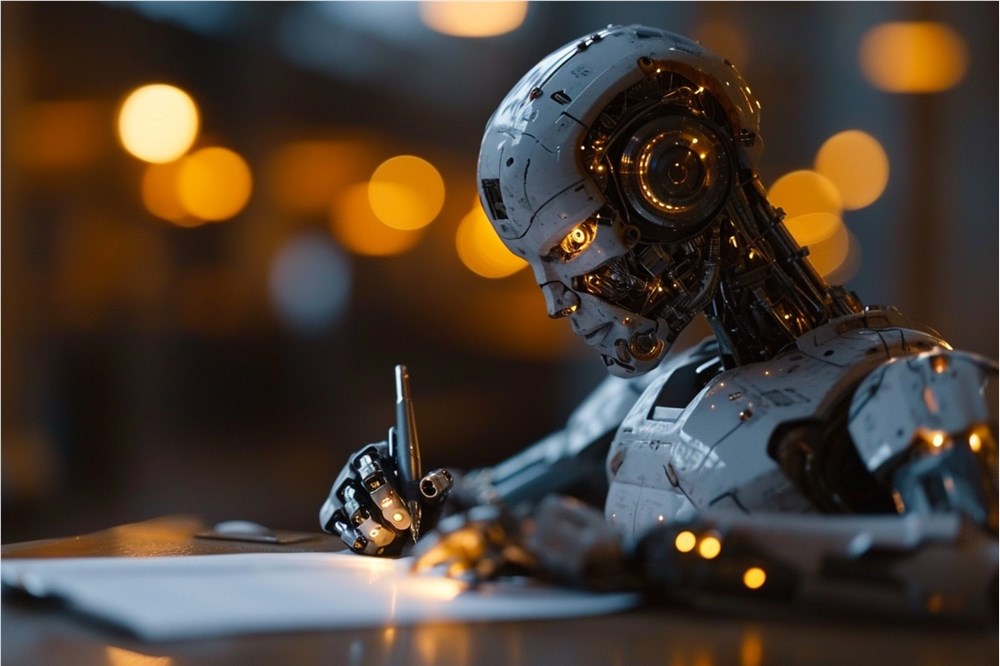The Japanese Ministry of Education recently released a guideline on the use of artificial intelligence in elementary and higher education. The guideline aims to provide educators with a systematic framework to integrate generative technology in a safe, compliant and responsible manner. AI technology. The guide emphasizes the "people-oriented" principle and elaborates on the application principles, safety regulations and ethical considerations of AI in education, providing valuable guidance for cultivating students in the AI era.
Japan recently released a guide for the use of AI in primary and higher education, providing systematic guidance on how to scientifically apply generative AI in the education field. The guide is based on the "people-oriented" concept and comprehensively elaborates on the application principles, safety regulations and ethical boundaries of AI in educational scenarios.
This guide clearly puts forward the core principle of "anthropocentrism" for the first time. It emphasizes that the fundamental goal of AI is to enhance rather than replace human capabilities. AI output should be positioned as a reference for decision-making, and the final judgment and responsibility still belong to humans. This positioning sets the tone for AI applications in education.
In terms of capacity development, the guide proposes to organically combine AI tools with existing learning guidance outlines. Through AI-assisted teaching, we focus on cultivating students' information literacy and problem-solving abilities, while also focusing on improving students' critical thinking. This reflects the Japanese education department’s forward-looking thinking on talent cultivation in the AI era.

The guidance particularly emphasizes the critical role of teachers. In the AI era, teachers must not only master the necessary AI knowledge and skills, but also become guides for students to use AI. This means that teachers need to develop new boundaries of abilities while maintaining their traditional educational responsibilities.
In specific application scenarios, the guide covers multiple dimensions from teacher preparation to student learning. It not only encourages teachers to use AI to improve work efficiency, but also supports students to use AI to carry out personalized learning. At the same time, the Education Committee will provide policy guarantees for AI applications to ensure their safe and compliant use.
When it comes to safety and compliance, the guidelines impose strict requirements. It emphasizes that when using AI, you must strictly abide by legal bottom lines such as privacy protection and copyright, and avoid entering sensitive information. These regulations set clear boundaries for the standardized application of AI in education.
In addition, the guide also pays special attention to moral education and the cultivation of information literacy. It requires citing the source when citing AI-generated content, cultivating students' awareness of the correct use of AI tools, and preventing abuse and plagiarism.
The release of this guideline not only provides clear guidance for the Japanese education system to cope with the AI era, but also provides an important reference for the global education community on how to scientifically introduce AI technology. It shows that educators embrace new technologies while adhering to humanistic care and the essence of education.
The release of this guideline not only provides valuable experience for the Japanese education sector, but also provides useful reference for other countries around the world in applying AI in the field of education. It reflects the emphasis on educational ethics and humanistic care while science and technology are developing rapidly, and is worthy of in-depth study and discussion.